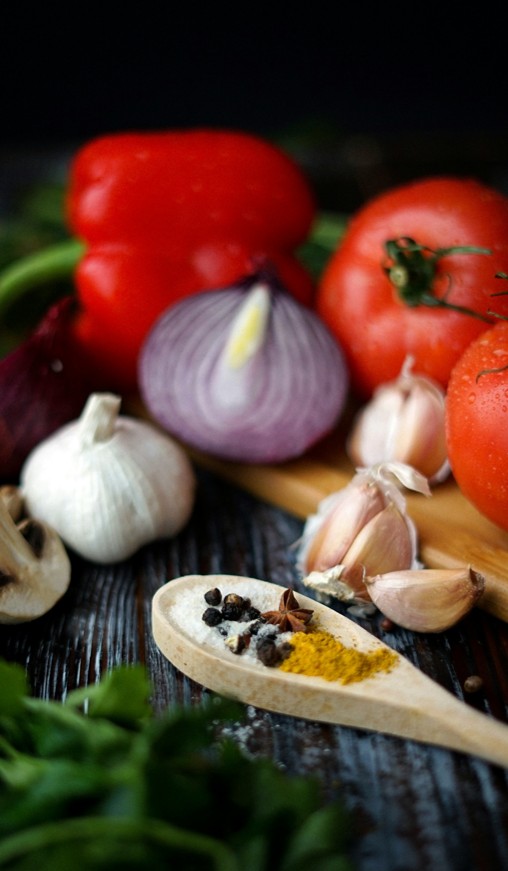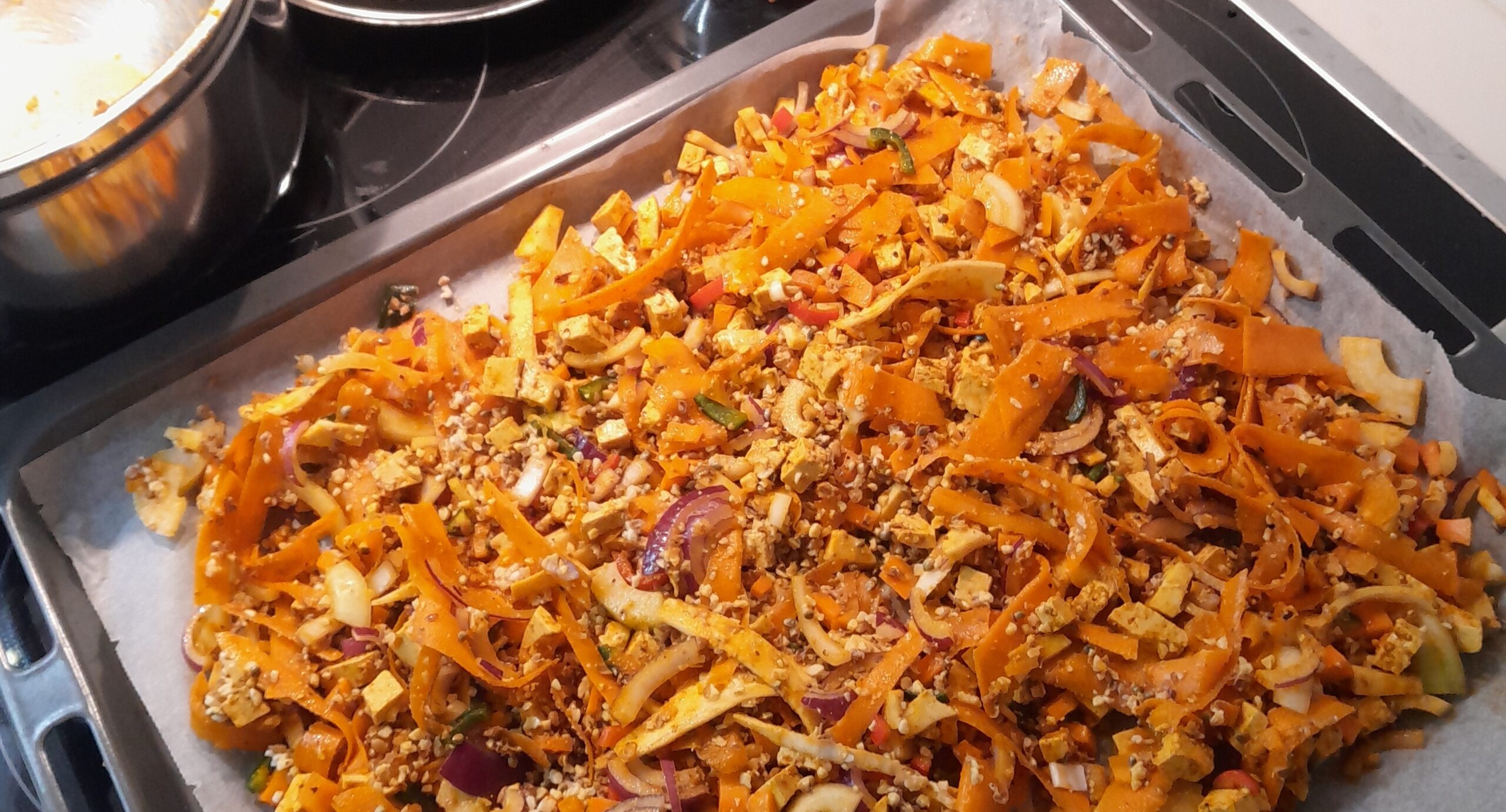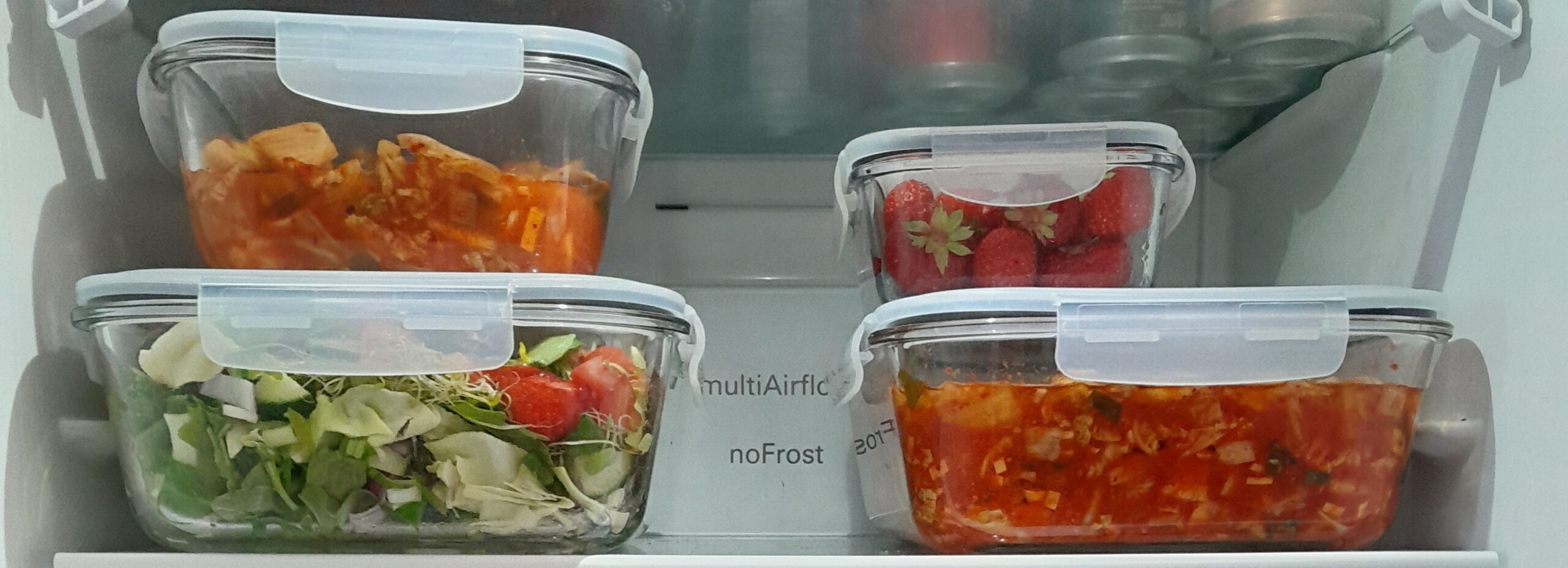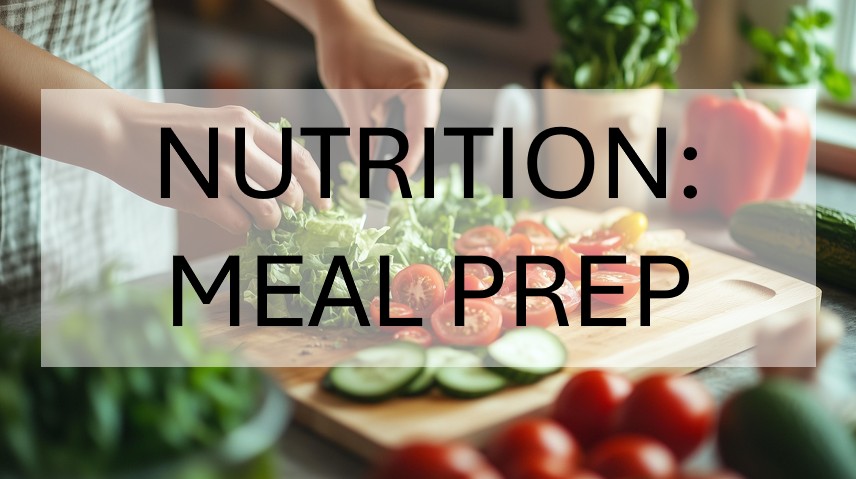Homemade food is superior in terms of nutritional value
As a rule of thumb, the more colorful the dish and the more recognizable ingredients it contains, the higher the quality of the food.
Home-cooked food is the best way to improve nutrient intake. Home-cooked food is the most nutritious, when cooked with a wide variety of seasonal plant products, protein-rich ingredients, whole grains, and high-quality fats such as olive oil. By cooking your own food, you can get a balanced diet that suits your preferences.


The incentive for restaurants is not to serve a balanced meal, but rather a tasty meal and generous portion size that keeps customers coming back. Restaurant food often contains poor quality fats, too much salt, unnecessary sugar and too few vegetables. The nutritional values of restaurant food are rarely even visible, so we focus on taste above all.
The nutritional balance of microwave meals and other convenience food is the weakest compared to home-cooked food and restaurant food. The incentive for convenience foods manufacturers is to make products that store well, preferably from inexpensive ingredients, but that still taste good. Processed foods contain too little protein, few micronutrients, a lot of salt, sugar, preservatives and additives, and very few vegetables.


Processed foods like grocery store snacks and other preparations with long shelf-life, are quite unrecognizable from their original ingredients. The further the products are processed, the more preservatives, additives, sugar and salt they contain. At the same time, the less nutrients and fiber they contain. The less processed foods we eat, the more balanced our diet is.
Meal prepping is the most effective way to eat home-cooked meals regularly
Nutrition is one of the most important choices for well-being, and meal prepping is the most effective way to eat nutritious food. Prepping is therefore a significant habit for your well-being. Prepping is more typical for goal-oriented athletes, but it is a handy way to make home-cooked meals from singles to large families. You can come home hungry and heat up food prepared at a less busy time.
Large batches at once: Cooking food in larger batches is efficient. For example, instead of frying in a pan, it is easier to scale up the amount by cooking on a baking sheet or in an air fryer. Many recipes can be multiplied to prepare more at once or find ways to make your favorite dishes conveniently on a larger scale.

Cooking less often: By meal prepping 2 – 3 times a week, you can cover the need for hot meals without eating anything other than home-cooked food. In a larger family, helping hands with chopping may be needed.
Shelf life: Prepared food can be stored in sealed glass boxes in the refrigerator or in freezer containers in the freezer. For example, you can make a larger amount of a protein-rich sauce and later cook a fresh side dish such as pasta. It is more efficient to chop a larger amount of salad ingredients at once into a glass container, from which you can easily add a side salad over the next few days.

Planning goes a long way: It’s a good idea to plan your cooking and grocery shopping before you’re hungry. When you’re hungry, prepping your meals ahead of time will be more valuable when you heating ready food in the fridge or freezer, rather than always starting from scratch and making one-off meals.
We support habits that improve well-being
We support the well-being of our clients by planning better habits within their constraints and capacity. We find ways to obtain more nutritious food, for example by finding ways that suit you to make meal prepping a part of your life. You can read more about our services that support well-being here >>
